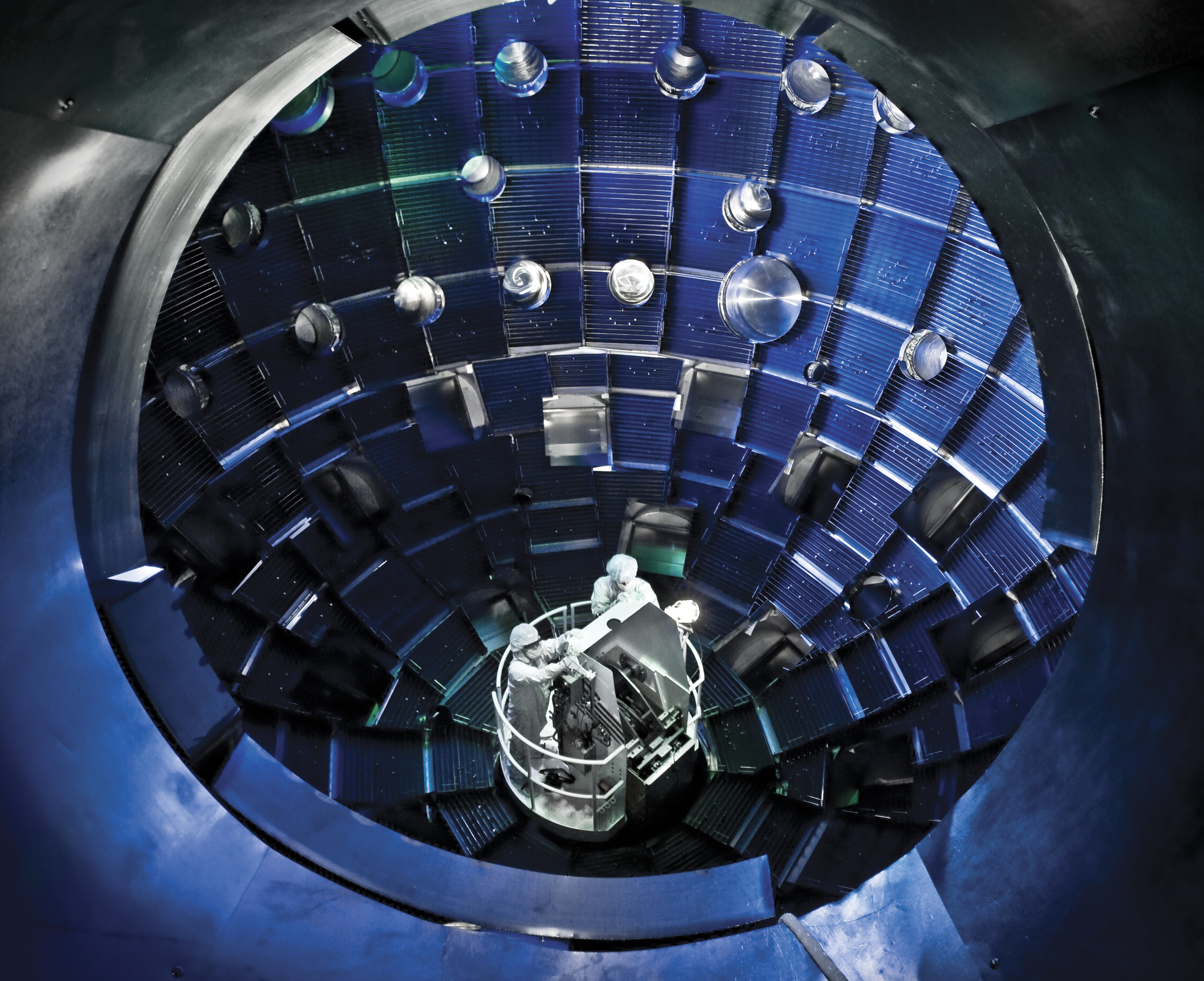Introduction
With unsustainability of our energy production it is becoming clear that our civilization is at place when there’s no choice but to reconsider the sources of energy we use. Fossil fuels need to be rid of, as search for more effective, low-emission sources continue. Altough, in few decades a significant chunk of energy will be produced thanks to renewables, other solutions like nuclear energy will also have a share in the so-called ‘energy-mix’. Nuclear energy has many adavantages, however it has many oponents not without a reason. Not only the fuel for the reactors is not renewable, but the nuclear waste has very strict requirements in order to minimize the amount of inevitable harm to the environment it causes. It doesn’t sound like a great path to follow long-term. There is another technology, which may help us achieve more sustainable energy, though. It is called the thermonuclear energy.
The difference
Nuclear, thermonuclear – those adjectives seem pretty similar. Both processes involve very high temperatures and release of huge amounts of energy. Essential difference between the two is that thermonuclear energy comes from fusion of elements into heavier ones, not from the decay of more massive, mostly radioactive elements like uranium.
:focal(2016x1517:2017x1518)/https://tf-cmsv2-smithsonianmag-media.s3.amazonaws.com/filer_public/50/61/50616605-79e3-4577-9dea-2f5859dabfd2/gettyimages-1169028176.jpg)
There are much more elements on Earth theoretically available to the reaction, however I won’t mention any others besides Hydrogen and Helium, as fusing heavier elements require even higher pressure and temperature. The main advantage is lack of waste problems, as Helium, a product of the reaction alongside energy is not toxic by any means. The fusion itself has been found to release many times more energy than the nuclear fission (decay of elements like uranium). Hydrogen and Helium are also two most common elements in the Universe, while elements heavier than Iron like Uranium or Plutonium can be considered a rarity.
The obstacles
Thermonuclear fusion is not a theoretic concept, we can consider it as common in the Universe, because it is the main source of stellar power. Our Sun radiates energy due to constant fusion of helium in its core. However fusion power is still being developed, as most of the trials and experiments fail to produce more energy than they were provided with. The main cause of that is inability to recreate pressure comparable to the one in Sun’s core, which means that we need to achieve even higher temperatures.
How to sustain higher temperatures?
As of now, there are two approaches towards tackling this challenge: magnetic and inertial confinement. The latter of two utilizes lasers hitting a can of gold with great amount of energy, which vaporizes due to heat radiates extensively. Radiation hits and compresses atoms of hydrogen which are due to that fused into helium giving off the energy. The main problem is the lasers using way more energy than it is produced. The former one is centered at initiating fusion through use of magnetic fields to confine the fuel and hitting it with particles and radiation to heat it. The common place to do this are reactors in shape of donut, which are called tokamaks. Unfortunately, since 1950’s most of the experiments with nuclear fusion failed.

On the other hand, reports from Chinese EAST facility give promising results. The so-called ‘Artifical Sun’[1] has set another record, it sustained temperature of 70 million degrees Celsius for 17 minutes. The reactor achieved also shocking short-term results with reaching 120 million degrees Celsius for 100 seconds and 160 Million degrees Celsius for 20 seconds last May. The chinese experiments are not over yet, as China alongside USA, Russia and many other countries participates in joint project called International Thermonuclear Experimental Reactor which will include research in France.
Considering the presented shortcomings, it may seem that nuclear fusion is very far away from becoming a viable replacement to other sources of energy, however taking recent developments into account such point of view should be considered a bit overpessimistic. There are plans for much more extensive exploring of the technology, and every year the World takes this opportunity more seriously. In my opinion, adapting nuclear fusion to common industrial use is a matter of few decades, because it’s destined to happen.
sources:
https://www.vox.com/2014/4/16/5580192/the-comprehensive-guide-to-fusion-power
